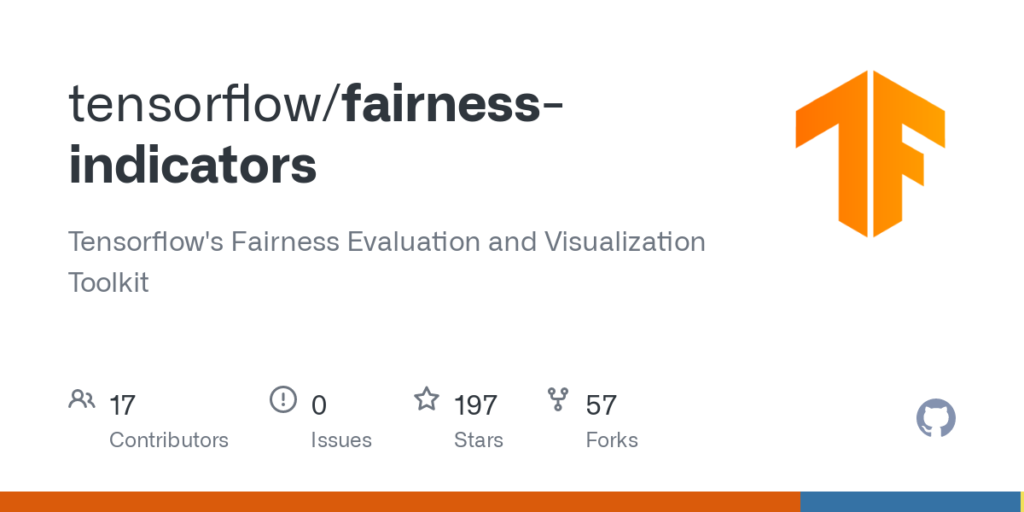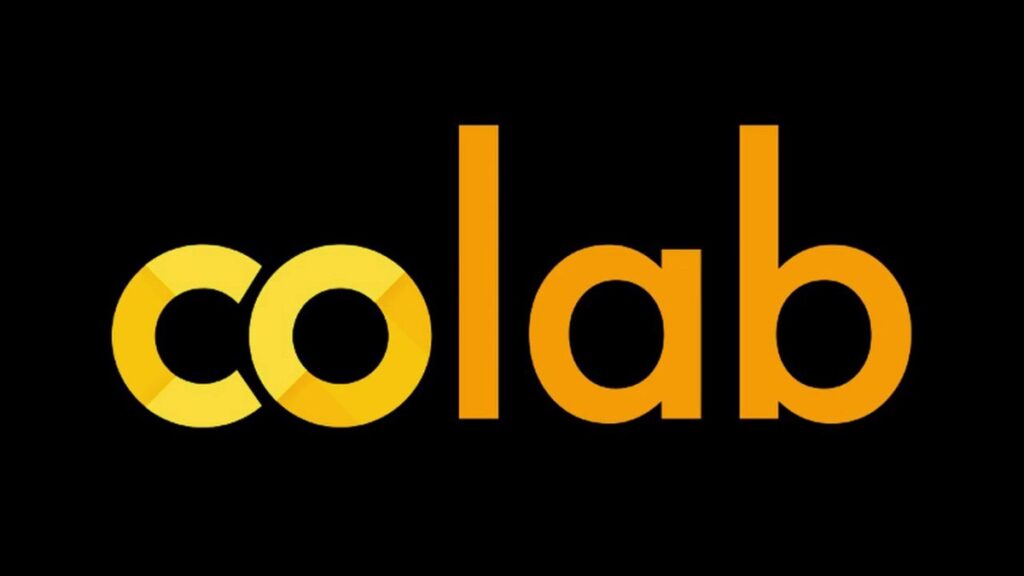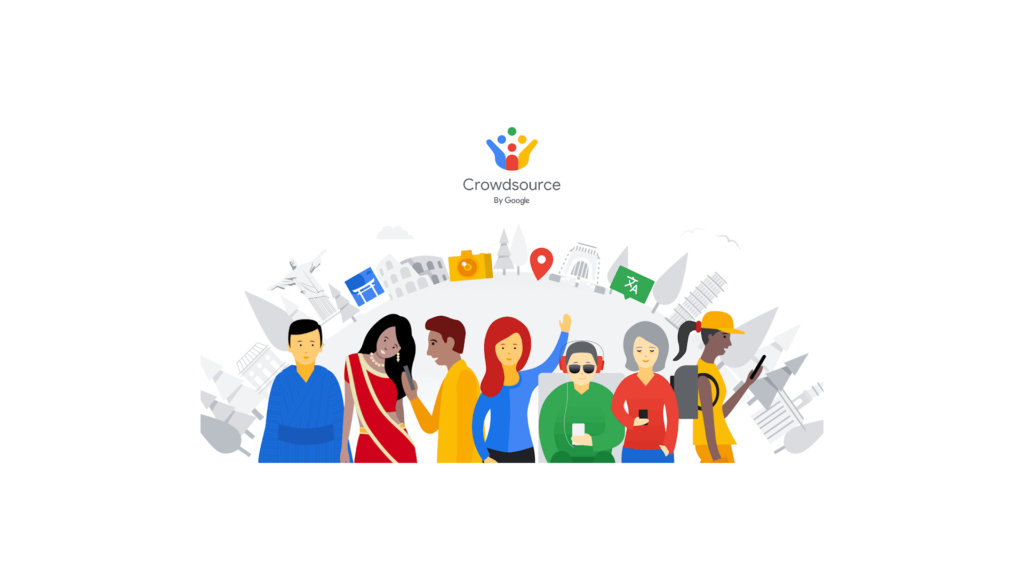Google is a company that has been active in the smart software industry. With the aid of machine learning, this company has been able to make great strides in the world of AI.
Many companies have come to the conclusion that in order to succeed, they need to offer a smart service. Google is a company that has seen its fair share of success with their AI tools. They are very aware of the competition and are continually innovating to stay ahead of the game. They have come up with new and more efficient ways of doing things, but what’s really great is that they are releasing these tools for free.
With its expertise in SEO and analytical information acquired over the years, Google has created tools such as TensorFlow, ML Kit, Cloud AI and many others which are meant for enthusiasts and beginners alike, trying to understand the capabilities of AI.
Below you will find a discussion on how Google has designed its suite of tools specifically for developers, researchers, and organizations, explaining how they can potentially benefit from Google’s AI tools.
● TensorFlow

TensorFlow is Google’s deep-learning and machine learning library that’s open-source. It enables the company to enhance its services by utilizing machine learning. With the help of TensorFlow’s tools and libraries, developers can create the most accurate and well-defined Machine Learning models.
TensorFlow makes creating and deploying complex AI models a breeze by offering smooth model building and flexible deployment. The community in general offers plenty of ideas for getting you started, whether you’re new to blogging or a seasoned pro.
● ML Kit

With the help of ML Kit, your mobile app can use the power of Google’s Machine Learning to solve real-world problems. The SDK helps you achieve success in tasks driven by the underlying machine learning techniques, including:
- Language Identification
- Text Recognition
- Image Scanning and Labelling
- Face Recognition
- Smart Replies
- Barcode Scanning
- Custom Model Integration with TensorFlow Lite
● Google Open Source

With new and better software being developed every day, there is a constant need to take it to the next level. Once developers start creating code that is open-source only, the community can actively participate and help improve and expand upon it.
Accessing a repository of freely available code allows developers to modify and scale the code, solving complex problems in the process.
Developers have been encouraged by Google to make their code openly available, bringing developers together.
The company has offered several open-source projects for free, including:
- ClusterFuzz
- AutoFlip
- Blockly
● Fairness Indicators

Fairness Indicators are a tool provided by Google as part of its Open Source initiative. Its purpose is to measure fairness in a machine learning system. By using TensorFlow, the concept of reducing bias is applied to machine learning software, which is now being used to improve fairness and decrease bias across organisations and systems. Google designed this product to help a wide range of businesses. It can be scaled up as the need increases.
● CoLaboratory

Colaboratory – also known as Colab – is a Python code editor and compiler. It’s like Google Docs but for Python, using Google Drive for storage. Users appreciate its ease of use and the fact that it eliminates the hassle of sharing configurations among participants, simplifying collaboration. Using Markdown allows you to create detailed explanations with code snippets for remote work on your code.
● Google Datasets

A fundamental problem with machine learning is acquiring the correct data to train the model. Google Datasets enables that by providing datasets.
In addition to curated datasets, Google Datasets regularly updates its data sets based on the broad range of research interests of its researchers.
In addition to transcribed audio, images, and videos, Google offers a wide range of dataset categories. Targeted at a wide variety of users requiring a variety of use-cases, each category features a detailed explanation of the dataset with download links.
Upon downloading the datasets and training their models on them, users are able to prepare their models for real-world scenarios. More datasets can be found through the Google Dataset Search.
● Google Dataset Search

With many models on the internet generating their own dataset, Google has been able to facilitate the transfer of the datasets to other users by providing a search feature.
In the same way as Google’s search service searches anything on the web, Google Dataset Search makes it easier to find the dataset you’re looking for. This can lead to learning more about the dataset and downloading it.
● Crowdsource

An initiative by Google to improve its datasets involves presenting users with fun challenges that ask them to recognize various categories of images such as drawings, letters, newspapers, illustrations, and more.
Contributor picks the photos from categories and tags them in order to give Google’s services a boost. Once you start contributing, you’ll earn a fun badge and be given milestones to reach if you have the competitive spirit.
Conclusion
Despite the fact that AI has been around for a relatively short time, the advancements and applications that we have uncovered over time are astounding. Based on the benefits of AI, enterprises should adopt Artificial Intelligence and Machine Learning early-on and experiment with it.
There are several tools available for its users including ML Kit, TensorFlow, and Fire Indicators, among others for developers, researchers, and business leaders. By demonstrating its capabilities, Google is trying to bring AI and machine learning into the real-world.
This application enables users to accurately evaluate, collaborate, improve and deploy their tailor-made machine learning models, which can lead to increased productivity and enhanced services.




